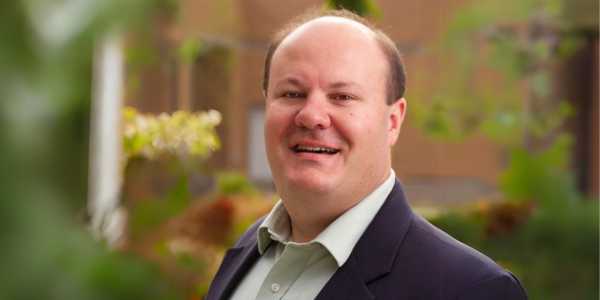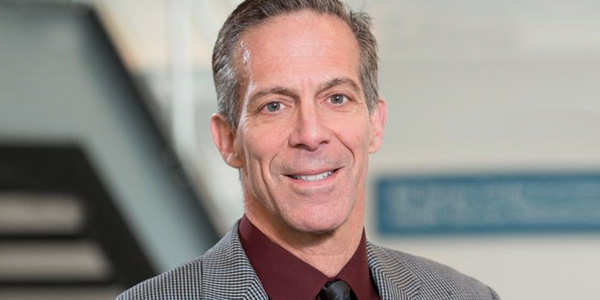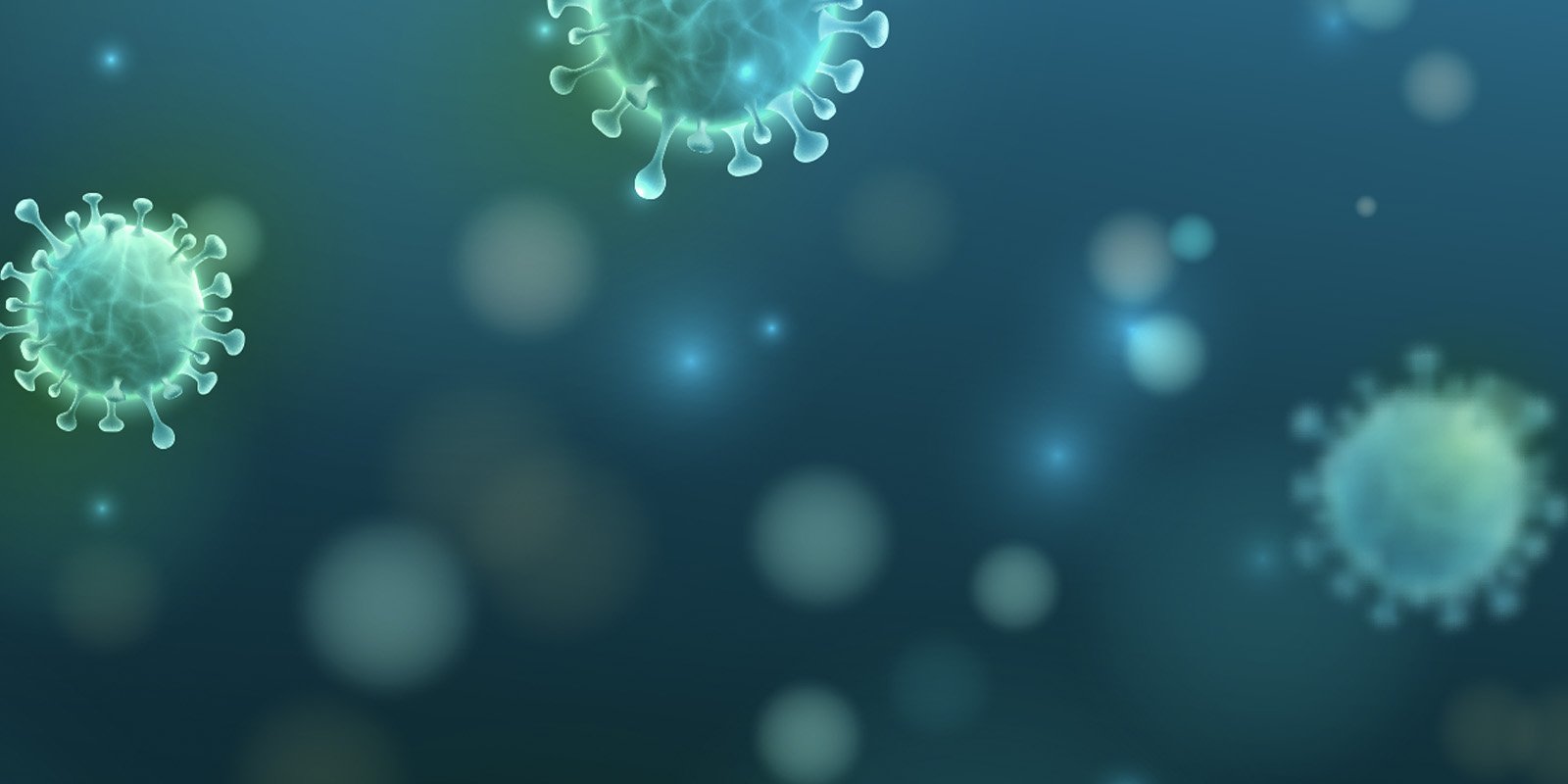Recap some the COVID-19 findings and discoveries we’ve heard about so far in the COVID-19 season finale of The Problem.
Transcript
Phil Lofton:
Think back to February of 2020. Think of the way the world operated. Think of how much has changed since then.
Many of us began to work out of our homes instead of our offices. Children began thinking of their computer screens as their classrooms. In many places, wearing a mask is required, and going out in public now requires many new considerations. This pandemic has been as close to a universal experience in rethinking our society as we’re likely to get in our lifetimes.
We still have a lot to learn about the virus, and a lot of challenges left to face before we return to normal, or even establish a new normal.
But we’ve also seen collaborations and coalitions rise up to meet the challenges that this pandemic has given us.
Welcome to The Problem. I’m your host, Phil Lofton.
[Theme]
The COVID-19 pandemic first came to the attention of the World Health Organization on the last day of 2019. On December 31st, the WHO received reports of a cluster of pneumonia cases with no clear cause in the city of Wuhan.
Over the next three months, the virus spanned every ocean, affecting billions of lives.
It taught us a new language — concepts like social distancing, and masking up. For many of us, it has led to our homes becoming our office, at least for part of 2020.
That change in routine has inevitably led to stress — stress that we discussed in our earlier episode about mindfulness with Regenstrief Research Scientist Dr. Shelley Johns.
Shelley Johns:
As a mental health community, I think we’re trying our best to gear up for the fact that many, many people today are going to be in need of some additional support to find healthy, adaptive ways to cope with all of this uncertainty and all of the unwanted aspects of COVID-19. I feel like there are lots of people who are looking for answers and looking for tools and resources, and those kinds of things.
I think the world seems a little bit more receptive to any practice that can help with emotional regulation right now. And so there’s been a real upsurge. Mindfulness was pretty popular anyway, but I think it’s there’s been a bit of an upsurge in it now. And I think it’s because so many of us are getting hooked by thoughts about the uncertainties of the future. And sometimes we need to just come back home to the body in this present moment, feel what’s here now.
Phil:
But as our understanding of the virus grew, and our ability to coordinate across systems strengthened, the data that was generated by our health systems and state agencies helped us develop a better overall picture of what the virus’ spread looked like, including which communities faced the highest risks.
Communities like nursing homes.
Here’s Regenstrief Research Scientist Dr. Kathleen Unroe, who has led efforts to help test nursing home employees across the state, on the impact COVID-19 has had on nursing homes and their employees.
Kathleen Unroe:
This population, the staff that works with this population, is very close to my heart. The COVID pandemic is just devastating for our population. Ever since the news came out about the outbreak and the facility in Washington state, we are immediately afraid and worried about our patients and what was gonna happen and how, how are we going to protect them? How can we support and protect our staff and the nursing home industry and trade associations that support them in the professional organizations that support us, the doctors and nurse practitioners in this setting have been working tirelessly to create new trainings and guidance and try to figure this thing out. I mean, this is really unlike anything we’ve ever dealt with.
Phil:
Indiana has a plethora of available data. The Regenstrief COVID-19 dashboard is one way that information has been used to understand the spread of COVID-19. The tool is used by state leaders and has been cited regularly in the media to provide information on the spread of the virus.
Here’s Regenstrief’s Vice President for Data and Analytics, Dr. Shaun Grannis, on some of the most important metrics for tracking the virus.
Shaun Grannis:
So, we want to make sure that we’re watching at different parts of the healthcare system. So we are watching emergency department visits for patients who might have influenza like illness, respiratory illnesses, perhaps but that aren’t tested yet. They show up at the ER complaining of respiratory illness. If we see a spike in those types of visits, that would lead us to have some concern. If we see an increase in hospitalizations for COVID-19 in any region in the state, of course we would be concerned. And at its core, testing is key to this. And so obviously, if we see an increase in either the number of total tests or that test positive rate, we want to watch those items as well. So those are the types of metrics that we’re looking for. There’s something called the doubling rate. And that is how many days would it take for cases to double based on today’s rate. And we like to see that doubling rate get longer and longer and longer. That means the epidemic’s spread is slowing down.
Phil:
The team behind the dashboard, the Indiana Pandemic Information Collaborative, has engaged in other efforts to reduce the impact of COVID-19 on Central Indiana, which you can learn about in episode 7 of this season. But they’ve been very pleased with the impact the dashboard has made. Here’s Regenstrief President and CEO, Dr. Peter Embí, leader of the Indiana Pandemic Information Collaborative, also known as IPIC.
Peter Embí:
I think we all knew that there was a public interest in this. But it’s certainly been gratifying to see and challenging in some ways to understand. When we are talking about these things and presenting them, how do we do that in a way that actually can allow this to be communicated for the general public to understand. That includes the press and others who then translate things to the general public. And that’s been a really key part of this.
Phil:
The pandemic, as of the release of this episode, is still ongoing. We’re still learning more about the spread of the virus. We’re still searching for a cure, and researchers like Regenstrief Research Scientist Dr. Babar Khan are still watching to monitor the long-term impacts of COVID-19 on individuals.
As Regenstrief continues to participate in efforts to curb the pandemic and reduce its harms, don’t be surprised to see special COVID-19 episodes pop up again in the future.
For now, though, we’re hard at work on the next season of The Problem, and we’ll be announcing the topic sooner rather than later. Follow Regenstrief on social media and watch those spaces for new episodes and announcements as they appear.
We’ll see you soon on The Problem.
Music for this episode was by Everlone and Blue Dot Sessions. Our theme and additional musical cues were written and performed, as always, by the Social Distance.








